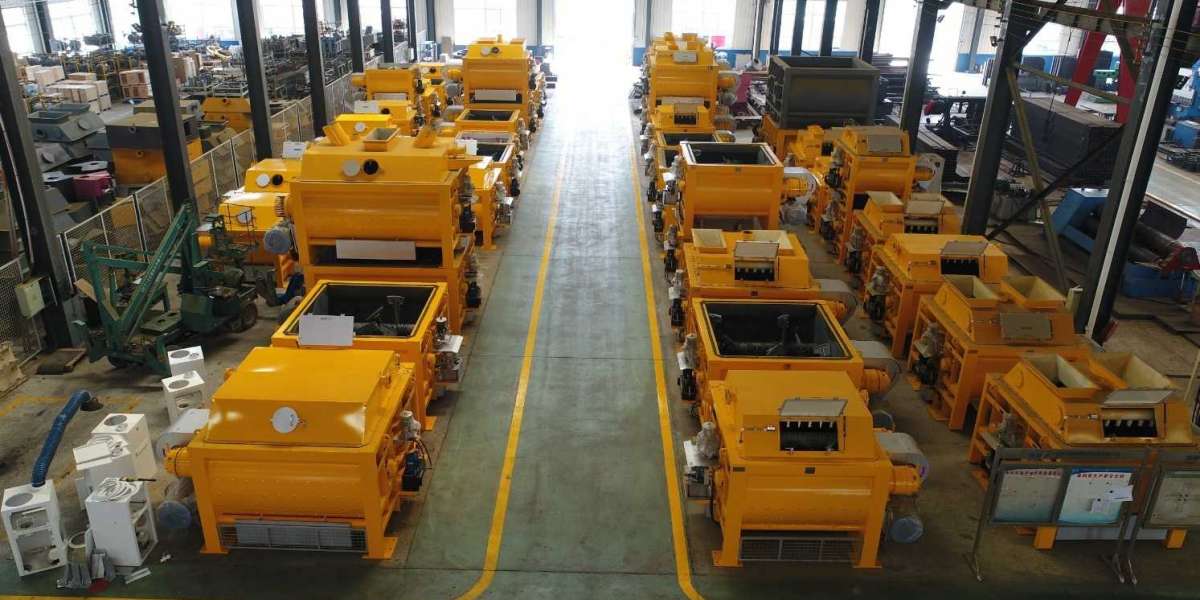What is a blind flange?
A blind flange is a solid flange as shown below. The purpose of these is to block off a section of pipe or a nozzle on a vessel that is not used. (A nozzle is typically a pipe coming out of a vessel and is usually flanged so it can be connected to valves or piping). Many times a nozzle will be blanked off with a blind flange for pressure tests in a plant, or simply because the customer does not need all the nozzles that were supplied on the tank. The best practice is to use a standard gasket for these blinds. Blind flanges, just like standard pipe flanges, can be raised face (RF) or flat faced (FF). If the flange is RF we would recommend a standard ring gasket that is appropriate for the service and/or test. If it is FF we would TYPICALLY use a full face gasket, because the most common reason the flange is FF is that it is not designed to handle the bending forces that result when using a ring gasket or a RF flange against the FF flange. Again, we treat a blind flange just like any other pipe flange.
A common request for gaskets with a blind flange is for a gasket with no ID; a gasket with a solid center. The customer might ask for these solid gaskets with bolt holes or without. If the blind flange is a standard ASME flange, the OD of the gasket will be the same as the OD of the standard ring or standard full face gasket. Many times, the customer expects that the solid gasket will protect the blind flange from the fluid in the system. They might be trying to save money by using a carbon steel (CS) blind in chemicals that require a more expensive metal, so they want the gasket to keep the fluids away from the low cost blind flange.
This practice of using a solid ID is NOT RECOMMENDED, however, for several reasons. The first is that the gasket will probably not completely stop the fluids from reaching the blind flange. Keep in mind that we do not publish zero leakage for test results such as the ASTM F37B Sealability; there is some small amount of permeation that occurs when gaskets are at low compressive loads, like they are in the ASTM F37B test, but especially when the center of the disc is under NO compressive load. Another issue is that the solid center of the gasket will be uncompressed and probably will be affected by the fluids. Fiber gaskets, such as Style 3000, etc, will often be damaged in the uncompressed area, even in fluids that are compatible with the gasket, including water. Fiber gaskets are simply not meant to be immersed in fluids with no compression. That means that the gasket may contaminate the process fluids when the uncompressed area swells or breaks apart. There is also a VERY IMPORTANT SAFETY ISSUE: Because the center, uncompressed portion of the gasket might be permeable over time, fluids and even fluid pressure can build up between the solid gasket disc and the blind flange. This is because the pressure will try to equalize on both sides of the solid gasket disc. This will even happen with a GYLON gasket, despite the very tight sealing properties of the GYLON gaskets. Remember the center is not under compressive loads. When the space behind the disc becomes filled with fluid, this fluid is under pressure. If the system is shut down and brought back to zero pressure, the fluid that is trapped cannot escape back through the solid disc fast enough. So when the bolts are loosened to remove the blind flange, liquids or gases can spray out of the connection. If this fluid is dangerous, toxic, or flammable, the mechanic can be in danger. For these reasons, GARLOCK recommends that gaskets for blind flanges be cut as standard rings or full face gaskets, and not with a solid center.
Spectacle Blinds are another somewhat uncommon but important application for gaskets. A picture of a spectacle blind is shown below. The name comes from the fact that the assembly looks like eyeglasses, or “spectacles".
These are normally used in piping systems, usually between two standard flanges, and are designed to block off a section of pipe. However these are used where the customer needs to block this connection off somewhat frequently. They are typically used where there is piping connected to both flanges, where you cannot simply drop a standard blind flange in, because the flanges cannot be pulled apart far enough to drop in the blind flange. In this case, the open side of the spectacle is used (with a gasket on each side) when the customer wants the piping sections connected and operating normally. Then they will remove bolts, and spin the blind side of the spectacle into the flanged connection, and install 2 new gaskets. The reasons these are built this way is that the spacing between the flanges and the piping is now the same whether the pipe is blanked off or open, because the open ring and solid blind are the same thickness. This is the easiest way to be able to blank off a connection and then open it without the issue of the having different spacing between the flanges.
Forging vs. Casting: Which is Better for Shackles?
This question, “Forging vs. Casting: Which is better?” is one that I have been asked many times when it comes to rigging products. To properly explore the answer, let’s first consider the process of each.
Forging and casting are two very different manufacturing methods. When something is cast, the material is heated above its melting temperature and poured into a mold where it solidifies. When something is forged it is physically forced into shape while remaining in a solid state – although it is frequently heated.
As an engineer, I have always known that forgings normally have less surface porosity, finer grain structure, higher tensile strength, better fatigue life/strength, and greater ductility than castings. In other words, forgings are generally better for shackles. The basics of why are pretty simple. When you melt metal to cast it, the grain size is free to expand. When it cools back to a solid, the grain structure is courser and more random, decreasing its strength.
I did some research on the internet and found an excellent research paper* written by members of the Industrial Manufacturing Engineering Department at the University of Toledo, shared by the Forging Industry Association. This paper compares a single type of product made both ways. Read it here.
Forged parts had a 26% higher tensile strength than the cast parts. This means you can have stronger shackles at a lower part weight.
Forged parts had a 26% higher tensile strength than the cast parts. This means you can have stronger shackles at a lower part weight.
Forged parts have a 37% higher fatigue strength resulting in a factor of six longer fatigue life. This means that a forged shackle is going to last longer.
Cast iron only has 66% of the yield strength of forged steel. Yield strength is an indicator of what load a shackle will hold before starting to deform.
The forged parts had a 58% reduction in area when pulled to failure. The cast parts only had a 6% reduction in area. That means there would be much greater deformation before failure in a forged part.
To further illustrate the point, see the below photos from our in-house testing:
These forged CM shackles show significant deformities before failure. If you were hanging a load overhead from a shackle, wouldn’t you want that shackle to warn you before it failed? Or do you like surprises?
All CM shackles are forged; and they’re forged right here in America at our Chattanooga, Tennessee Operations. Safer and made in America? I think that I will stick to forgings. What will you do?
* The title of the research paper is “Fatigue Performance Comparison and Life Predictions of Forged Steel Ductile Cast Iron Crankshafts” written by Jonathan Williams, Farzin Montazersadgh, and Ali Fatemi, Graduate Assistants and Professor, respectively, Mechanical, Industrial Manufacturing Engineering Department, The University Of Toledo – Toledo, Ohio.








